by Malcolm Jolley
How can it be possible to farm wild blueberries? It seems like an obvious contradiction in terms. This was the question that haunted me as I sat down to dinner at The Inn on the Lake in Fall River, Nova Scotia and sipped a wild blueberry Martini. The drink was the first of a cascade of presentations over the course of dinner to feature the fruit. I was in Nova Scotia as a guest of the Wild Blueberry Association of North America, or WBANA: one of a handful of journalists assembled on a quick two day tour of wild blueberry fields and the local factories that freeze them – 90% of the crop is ‘individually quick frozen’ for year-round use and availability. Nova Scotia is in the middle of the wild blueberry growing and farming range, which also includes the Lac St. Jean area of Quebec, parts of Newfoundland, New Brunswick and Prince Edward Island as well as the state of Maine. All other blueberry production of any scale, my hosts assured me, is from domesticated cultivars that produce the big fat ‘high bush’ berries that are somehow available fresh all year-round.
Our hosts for our blueberry tour were Peter Rideout, a Planning and Development Officer with Nova Scotia Department of Agriculture and Neri Vautour, the Executive Director of the Wild Blueberry Association of North America. They are a dynamic duo, who are used to working together on behalf of the wild blueberry growers and processors. Rideout is a farmer himself with a small property in the Annapolis Valley, and with the attendant dry wit. He also possesses thirty odd years consulting and working with blueberry growers in Central Nova Scotia. Vautour is a burly Acadian blueberry farmer from New Brunswick, with a great mustache that turns up at the ends and an infectious laugh. As I quickly surmise, everybody in the blueberry business knows them both. After dinner we head to the Amherst Shore Inn on the Northumberland Straight, across from PEI and close to the New Brunswick border, where we are treated to breathtaking views and deliciously cooked meals using local ingredients. Over the next two days we will visit a number of wild blueberry fields between here and the Bay of Fundy to the south. The mystery of wild blueberry farming, my hosts assure us, will be solved.
David Sangster is the Executive Director of the Wild Blueberry Producers Association of Nova Scotia and mans this office at the Wild Blueberry Research Centre near Debert. The centre is ur first stop on the wild blueberry tour. He is a fit man with silver hair, who took on the job as a “retirement project” (he said jokingly) after a career in government advising wild blueberry growers. The centre is affiliated with Nova Scotia Agricultural College and is surrounded by test fields of wild blue berries. When we arrive the fields around the centre (the first ones I’ve seen up close) are red and devoid of any berries. It turns out they were harvested a week or so before.
Even though the fields have been harvested, I’m beginning to get it, since I recognize the low scraggly bushes I remember as a teenager canoe tripping around Northern Ontario and Quebec. This initial inspection is quick, as we spend time inside looking at wild blueberry products and promotional material and tasting fresh berries and an award-winning juice from Van Dyk farms. Sangster and Vautour are big on the research that puts blueberries at the top of the heap of antioxidant fruit. They show us a graph that demonstrates that wild blueberries have far more antioxidants than other fruits, including arch-rivals pomegranates and high bush or cultivated blueberries. The juice is sweet but also tart with a tannic feel – it really does seem to be good for you. WBANA supports all sorts of research to back up these claims, which they feel are an important selling point to producers and which Rideout, Sangster and Vautour believe without question. Whatever the science, the berries offered in the centre’s boardroom are absolutely delicious.
Soon we are heading into the hills around Debert to visit one of Joe Slack’s fields. Slack is a local blueberry farmer who has a bunch of neighbours and locals helping him harvest his crop of berries as quickly as he can before they dry out in the hot dry sun. Finally I see a field of wild blueberries!
At dinner the night before and on our van ride out to Debert, Rideout and Vautour explained to us how famers ‘cultivate’ wild blueberries. Actually, the term they use is ‘manage’. Blueberries are a rhyzome: their root systems exist underground waiting for the right moment to push up and create a plant. They work a bit like wild mushrooms or truffles in the sense that you can’t actually plant them. They are either there or not. What I saw on Joe Slack’s fields, apart from stunning views of the Cobbequid Mountains and the mists coming off the Bay of Fundy, was a black bear’s paradise: a great carpet of scrubby blueberry bushes, never climbing more than a foot off the ground. (Bears are a bit of a nuisance t wild blueberry farming, just because of their presence in the field – they don’t actually eat enough berries to make an impact.)
The wild blueberry growing area of Nova Scotia we were in is part of the great Acadian forest. Scraggy conifers and birch trees are thick on the ground, with the occasional small mixed farm scattered throughout. There is fishing on the coasts, and the region has a history of mining, which has largely petered out. The landscape reminded me a little of Northern Ontario and Quebec. The soil is not suited to cash crop farming, in fact, Rideout explained that blueberries thrive in the worst agricultural soil possible: they love acidity. As the wild blueberry market has increased over the last thirty years, largely due to the efforts of WBANA and pioneers like John Bragg, who founded Oxford Frozen Foods (more on that in Part 2), much of this marginal farmland, which would have been pasture or woodlot, has been harnessed creating wealth and industry in an area that has seen few economic breaks in recent history.
Slack told us how he managed his field, while David Sangster explained the general idea. The First Nations people of the area discovered that if you cleared brush around wild blueberries, most often by burning them, then they would spread. The draw back is that the first year they grow back, they won’t fruit, but in the second year you’ll have a greater yield. The management of wild blueberries has remained essentially the same since recorded history. Slack was to harvest hi field, then in October he’d return and mow it close to the ground, returning again in the early spring to burn it. He wouldn’t harvest it again until 2012, but he had another field that was budding this year and would give fruit next.
Apart from cutting, burning or both, the other big management techniques applied to wild blueberries are pollination and pest management. Bees, it seems, are not terribly fond of blueberry blossoms. In the wild, only a small percentage of blossoms get pollinated and go on to bear fruit. The solution is to bring in bees.
Unlike many jurisdictions, Nova Scotia will not allow imported hives, so local apiaries raise and maintain bees just for the job every spring. Oxford Frozen Foods CEO and Chair of WBANA, David Hoffman told me, on a later field visit, that his company (by far the biggest wild blueberry grower) maintained over 12,000 hives, but used 60,000 over their entire operation, which also covers fields in New Brunswick and Maine. To put this perspective, Hoffman explained, that is well over all the hives in Great Britain and Ireland combined.
When I asked Rideout what percentage of wild blueberries were grown organically, he indicated it was very low. In fact most organic production is essentially foraged from the woods in Quebec or Newfoundland (or Northern Ontario for that matter). Bluebrries harvested this way are relatively expensive. In Toronto, Sudbury wild blueberries are a luxury good selling for upwards of $10 a pint. Those prices will not support a large scale industry. WBANA and the growing community as a whole are sensitive to concerns about spraying, and practice IPM (integrated pest management) which mandates using the least chemical interference possible. The main problem are fruit flies which can devastate an entire field, and small worms which bore into the fruit undetected. The public appetite for wormy wild blueberries is understandably small.
Until the 1980s the only way to harvest blueberries was by hand with a tool that looks like a cross between a metal pet comb and a dustpan. I tried it out on Slack’s field by combing up the bushes so the berries were plucked off their stems with the teeth of the comb, and then settled into the pan. There are still a few traditional, small scale farmers who use handpicking, especially on very steep or otherwise inaccessible fields. Curtis Millen is a farmer who also runs a small scale processing plant where he packs his crop to be sent for freezing. Millen told me he paid $2 a bucket to pickers. 99% of wild blueberries are harvested with a mechanized version of the hand picker, which fits on the side of a tractor and scoops the berries off of the stems with rotating teeth. On Joe Slack’s field that morning I counted five tractors. Each had a driver and a helper on the back who loaded and unloaded plastic crates of picked berries. The pace was steady and relentless: the berries need to get to the plants as soon as possible so they are as fresh as possible before they are frozen. At the Oxford owned fields we visited near Parrsboro, the tractors had an automated crate stacker, and would run two automated picker machines side by side, for an even faster job. In both cases the technology was developed locally and designed to work with the tractors farmers and growers already had.
Wild blueberry fields come in all sizes, from hundreds of acres cut out of the woods, to a small plot next to a farmhouse. Gary Brown who acts as technical advisor to Oxford’s hundreds of growers (who he calls ‘customers’, although his company actually pays them) explained to me that there are dozens of small plot farmers, often ‘teachers or lawyers’ from Halifax (or even Toronto) who have few acres of wild blueberries that they will harvest every August. Many farmers, like Slack, integrate wild blueberry farming into a mixed farming schedule that will also include some livestock, a sugar bush, a woodlot and maybe a market garden. As health conscious consumers increase demand for the fruit, prices have risen (despite a steep short-term decline following the financial crisis of 2008), wild blueberries have become an important economic stimulus to the region. Proximity to the port of Halifax is also helpful, since much of the crop (once frozen) is exported to markets like Germany and Japan, where wild blueberries do not grow.
Still, solving the mystery of how you can ‘farm’ wild blueberries only occasioned a follow-up question: how do they taste? I recall the joy of paddling around a point on a Northern Ontario lake and discovering a rocky island covered in blueberry bushes. The deep woodsy, sweet but tart taste of the berries was such an exquisite treat. I bent down and picked a dozen berries from one of Slack’s bushes. The berries were different: some were bigger, some were darker. Rideout explained that unlike cultivated blueberries, which are essentially clones, wild blueberry fields are full of genetic variations. Individual berries would not only look different, but taste different, too: some more sweet, some more tart, some more tannic. A gulped my entire handful in one go.
They were warm with the sun and tasted as good as any berry I’d ever picked. Aha, I thought, I get it. Then I bent down and gobbled up some more.
Click here for Part 2, and see how Nova Scotia wild blueberries are frozen, and why the practices used by processors as varied as small independents to giants like Oxford may provide a model for a responsible and accountable industrialized food system.
 Malcolm Jolley is the Managing Editor of Good Food Revolution and Executive Director of Good Food Media, the non-profit organization that publishes GFR. Follow him at twitter.com/malcolmjolley.
Malcolm Jolley is the Managing Editor of Good Food Revolution and Executive Director of Good Food Media, the non-profit organization that publishes GFR. Follow him at twitter.com/malcolmjolley.

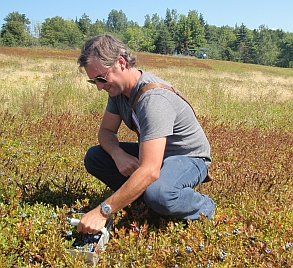







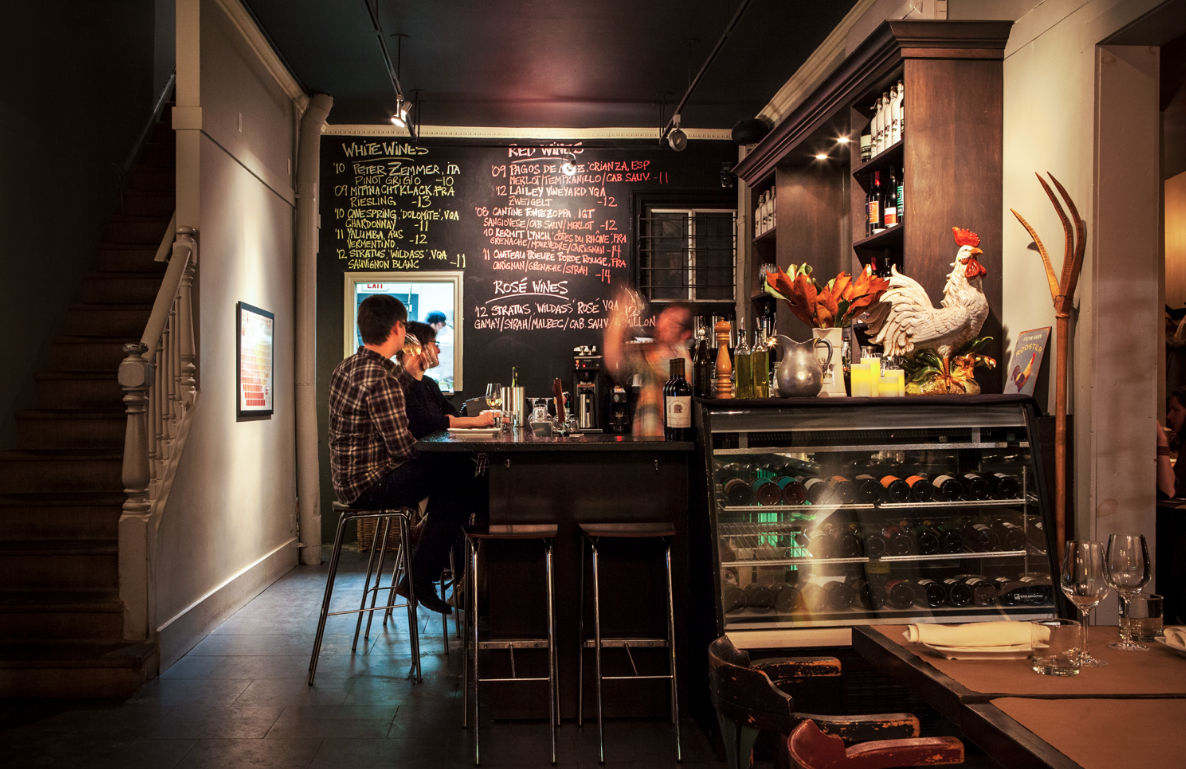
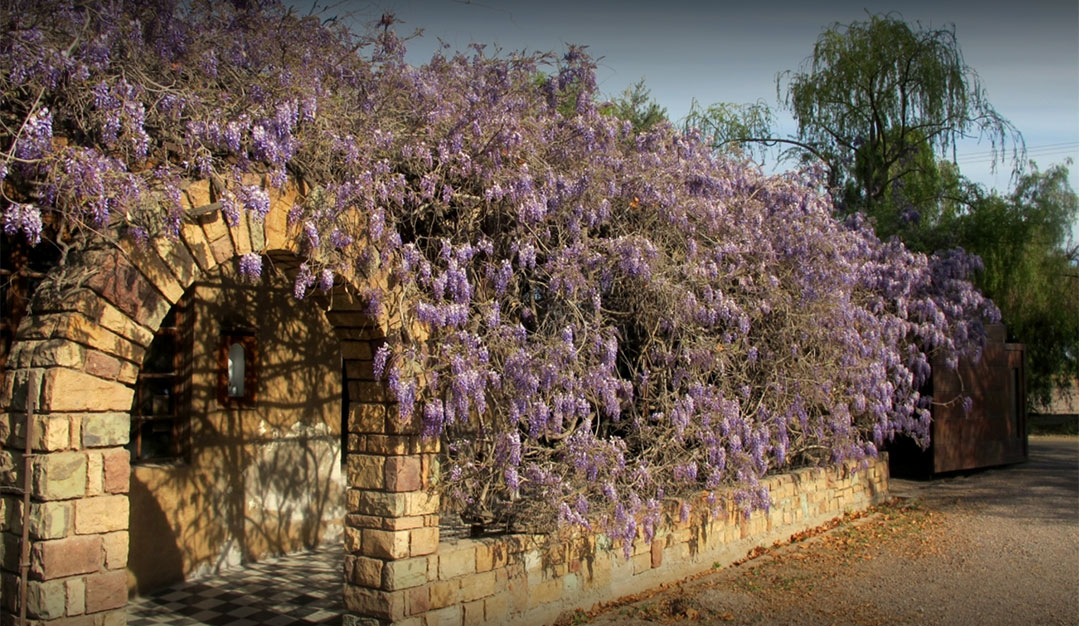
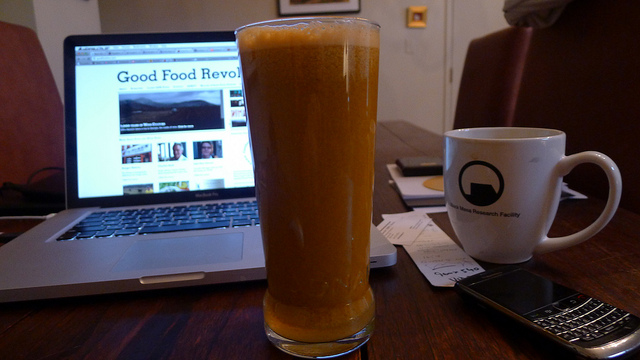
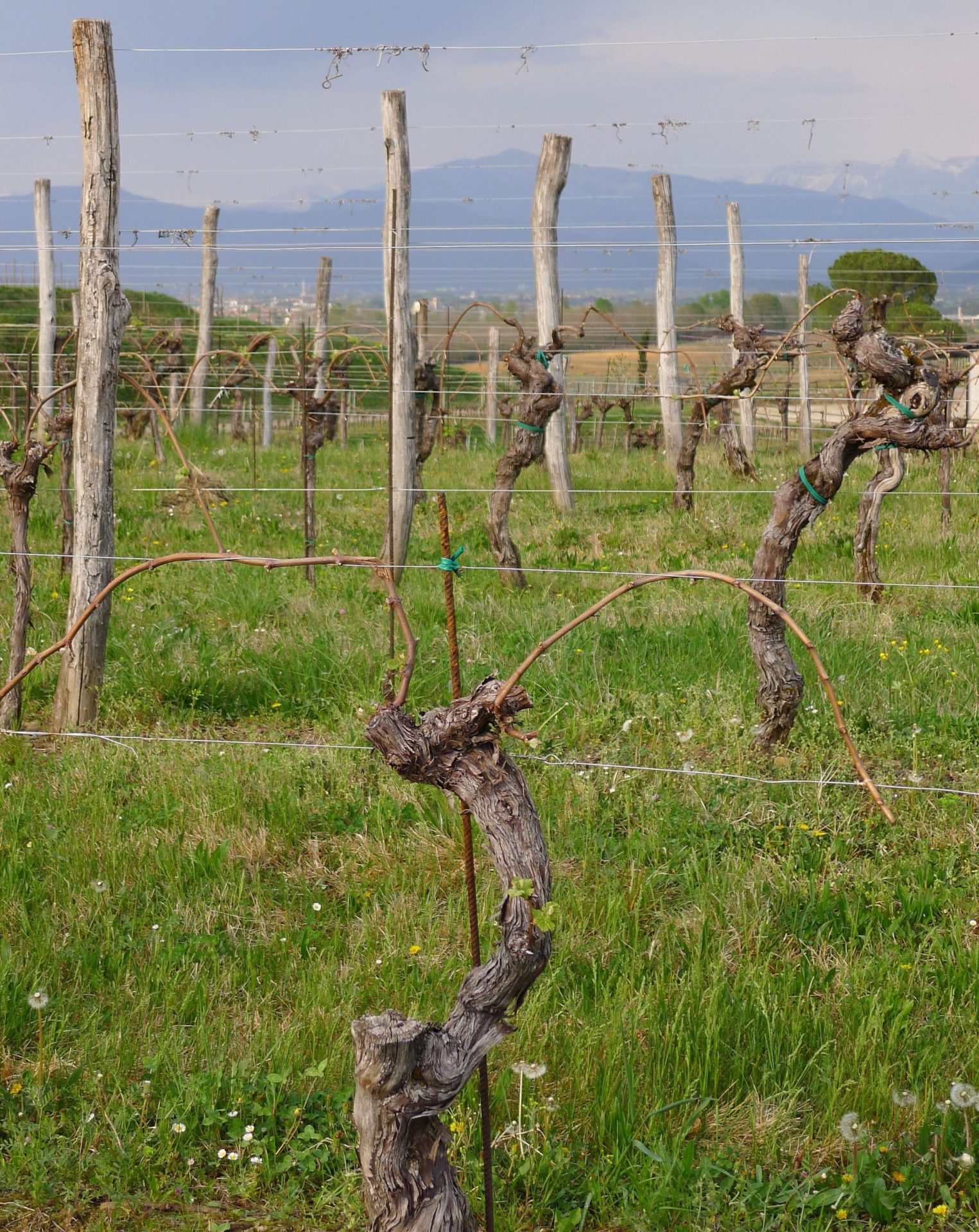

In July 1957, I was a high school teacher who moved to Antigonish with my husband, Des Connor, a new graduate of the Ontario Agricultural College, looking forward to his new job with the Extension Dep’t., St. F.X.University. Des wanted to work inn the cooperative movement and continue the work of Dr. Coady. Coady was still alive, Fr. Tompkins was not.
Des and I were raised on farms, he, in New Zealand and me in southern Ontario. I secured a job at St. Andres District High and after a year Des and I had saved enough money ($2900) to buy 476 acres of wild land in Tracadie, adjacent to the village of Monastery. Des had taken farmers Antigonish and guys borough counties inn a bus trip to Colchester county where they could see how the country had a good business in wild blueberries. Des had found the blueberries growing on our land and began to clear the alders. He bought bee hives and persuaded the Antigonish Coop to buy a blueberry burner.
I am writing to congratulate Nova Scotia growers on the success they have had and have no a very robust harvesting and processing and marketing. Can you give me the names of any growers in the area of Tracadie, Nova Scotia. I see Tracadie, PEI clearly out front.
Thank you for any info. Etta Connor
Wow. Etta, thank you so much for sharing this story. I suggest you contact the Wild Blueberry Association of North America: https://www.wildblueberries.com/. They should be helpful. – Malcolm